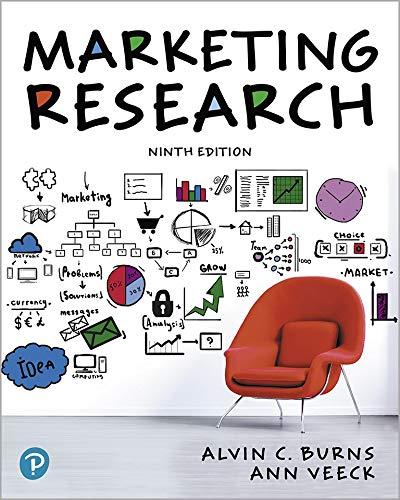In Peru there are many ruins of the temples and palaces of the Incas, who attained what
Question:
In Peru there are many ruins of the temples and palaces of the Incas, who attained what some historians consider to be the highest pre-European accomplishments in the Americas in agriculture, engineering, monument building, and craftsmanship. Unfortunately, the Incas were no match for Spanish explorers who, armed with guns and horses, defeated the entire Incan Empire in just a few years in the 1530s.
In 1913, U.S. explorer Hiram Bingham rediscovered the Incan complex called Machu Picchu, one of the only such places not plundered by the Spanish. It is the bestpreserved Incan ruin of its type, and it is on UNESCO’s World Heritage List (http://whc.unesco.org/en/list/274).
Located 8,000 feet above sea level on the border between the Andes mountains and the Peruvian jungle, Machu Picchu is still very difficult to access, requiring a three-hour train ride from Cusco, the closest city. Normally, tourists board the train very early in the morning in Cusco and arrive at the Machu Picchu village train station around 10 a.m.
They then board buses that take 30 minutes to climb up the 6-mile switchback dirt road to the entrance of Machu Picchu. Once there, with guides or on their own, tourists wander the expansive Machu Picchu ruins, have lunch at the Machu Picchu lodge located at the top of the mountain, and hurry to catch the bus back down the mountain so they will not miss the one train that leaves around 3 p.m. to return to Cusco. Some tourists stay overnight at the Machu Picchu Lodge, or in one of the six hotels located in Machu Picchu village. Because of the site’s global popularity, the Peruvian government implements a limit of 2,500 visitors per day to Machu Picchu by way of admission ticket control.
Machu Picchu is a Peruvian national park, and since it is one of the top tourist attractions in the world, the national park department wishes to conduct a survey to research the satisfaction of tourists with the park’s many features, and with their total experience on their visit to Peru. With the help of a marketing researcher who specializes in tourism research, park department officials have created a selfadministered questionnaire for their survey. Now they must choose from several options for gathering the data. Using concepts in this chapter and your knowledge of data collection methods and issues, answer the following questions.
1. If the questionnaire is designed as an online survey, will it be successful? Why or why not?
2. If the park department uses a mail survey, what issues must be resolved? Will it be successful? Why or why not?
3. If each of the hotels in the Machu Picchu area desires to know how its customers felt about the its services, prices, and accommodations, how might the park department and the hotels work together on data collection to effect a mutually beneficial survey?
4. Knowing that the Peruvian national park department has meager resources for marketing research, suggest a different method (not online, not mail, and not partnering with the local hotels) that has the potential to yield a high response rate and high-quality responses.
Step by Step Answer:






